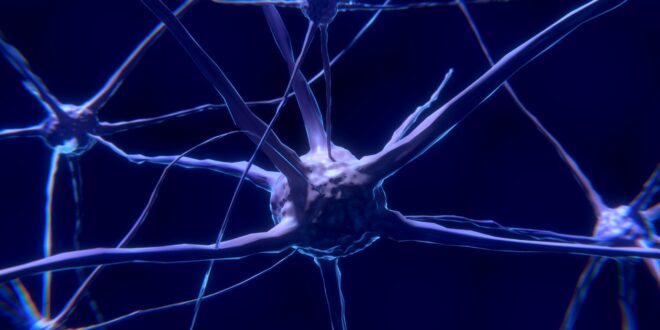A lot of research is being done into the effects of marijuana on people’s bodies, especially as more people push to make it legal. This has drawn attention to a mysterious system in the body — the endocannabinoid system. Most average users are asking, “what is the endocannabinoid system.”
The answer is lengthy since it interacts with all of your body’s functions. The system helps to maintain homeostasis so that you can sleep regularly, have a normal appetite, and enjoy overall health. There’s more to it than that, though!
Keep reading below to learn more about your body’s endocannabinoid system.
What Is The Endocannabinoid System?
Answering this question in a small paragraph is difficult since the endocannabinoid system plays such an important role in your body. It does more than just interact with cannabis-like substances. It uses a series of nerve receptors and enzymes to help govern how your body operates.
A damaged endocannabinoid system can affect basic parts of your life, such as your appetite or your sleep. It can even affect how well your memory retains information and your fertility. So, one answer to this question is simple to put into words — it’s important.
However, there is more to it. It works with chemicals called “endogenous cannabinoids” which are made by your body, similar to cannabinoids. There are two major ones: anandamide and 2-arachidonoylglycerol.
These two chemicals are crucial for keeping your body running, and they interact with receptors throughout your body.
The System Has Three Basic Parts
The best way to understand how the system works is by breaking it up into three parts: endocannabinoid, receptors, and enzymes. In this way, it’s not too unlike other kinds of systems in your body. Chemicals interact with each other, are broken down, and transferred.
The endocannabinoid act as the messengers for the core part of the system in your brain. Whenever a problem arises with your homeostasis, these chemicals are released. They travel through your body until they arrive at the problem.
Then, they attach to receptors in your nervous system around your body. By attaching to receptors, they help regulate crucial body functions. Then, once their purpose is served, enzymes come to break cannabinoids down.
How Does Marijuana Interact With the Endocannabinoid System?
Marijuana helps to jump-start your endocannabinoid system and put it into overdrive. If there’s something wrong with it, marijuana can act as a temporary substitute and help you feel better until the cannabinoids are broken down. That’s why so many people want to make marijuana legal — it helps people.
Basically, it sends many cannabinoids into your body if it can’t make enough to regulate different functions. If you’re sick with something that affects your nervous system, it can be a useful medicine. And if you have a healthy endocannabinoid system, the surge of chemicals puts it in overdrive.
This is why many people feel heavy and relaxed while using marijuana. Most people already have a healthy endocannabinoid system. Putting more endocannabinoid chemicals into the system changes your sensations.
The Endocannabinoid System Is Crucial to Your Health
So, what is the endocannabinoid system? It’s a crucial part of your body’s regular functioning that helps different kinds of other systems stay healthy It’s also still being researched, and more is being discovered about the system every day.
To keep up on the latest research about marijuana and other kinds of science, just keep reading our website here!
 HammBurg Be informed with latest news, reviews, entertainment, lifestyle tips, and much more.
HammBurg Be informed with latest news, reviews, entertainment, lifestyle tips, and much more.




